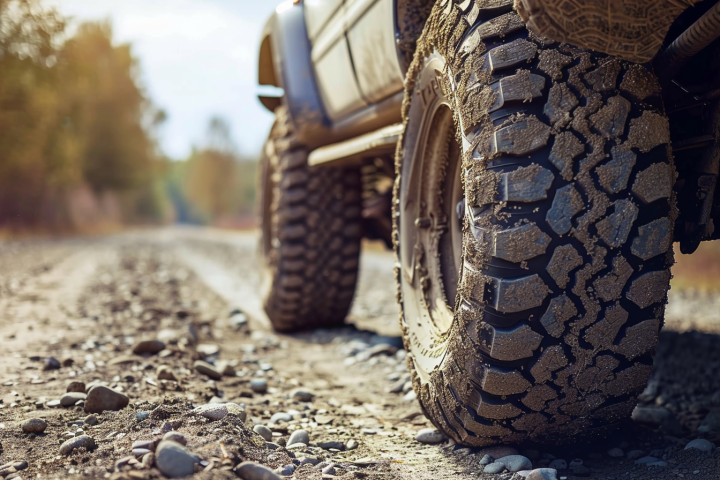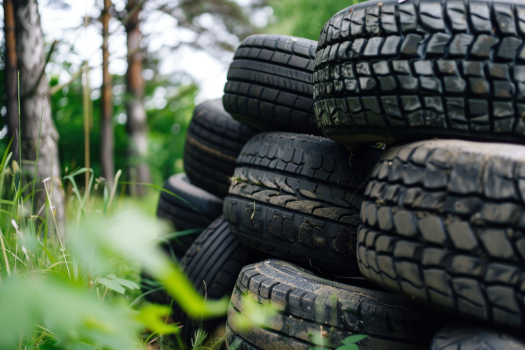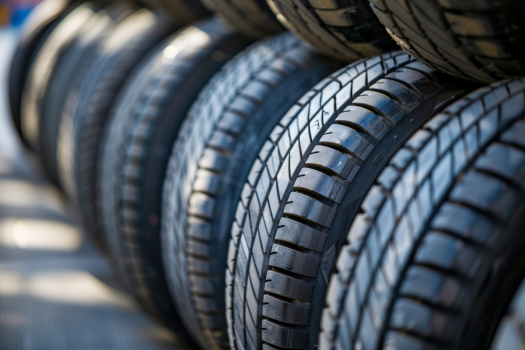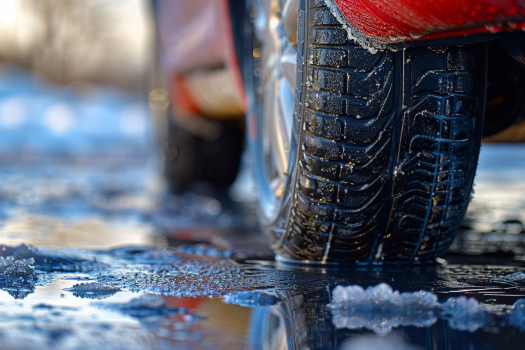Last Updated on April 21, 2024
Your Reliable Road Safety Companions
Most tires in the market these days come with tread wear indicators. Those are little rubber ribs at the bottom of your tires’ big circumferential tread grooves. When enough of the tread wears away, the treadwear indicators, often called tread bars, become visible and stand out. The idea is that when you can see the tread bars, it is time to replace your tires because they are at the very bottom of safe tread depth.
Tread bars, however, have their drawbacks. They often do not show themselves until only 1/32 of an inch of tread remains. Tire experts say that tires should be replaced at least when the remaining track is at 2/32″, and in certain conditions, such as on wet or snowy roads, you need more impression than that to be safe.
Continental All-Season Tires have an easy-to-use all-weather treadwear indicator. Continental’s Tuned Performance Indicator is an advanced treadwear indicator that helps the driver decide if the current weather conditions are safe for driving.
Continental builds its Tuned Performance Indicator as part of the tread in its Continental all-season tires category, such as the well-regarded Continental PureContact. A quick look lets you know if there is still enough tread to drive safely in several specific weather conditions.
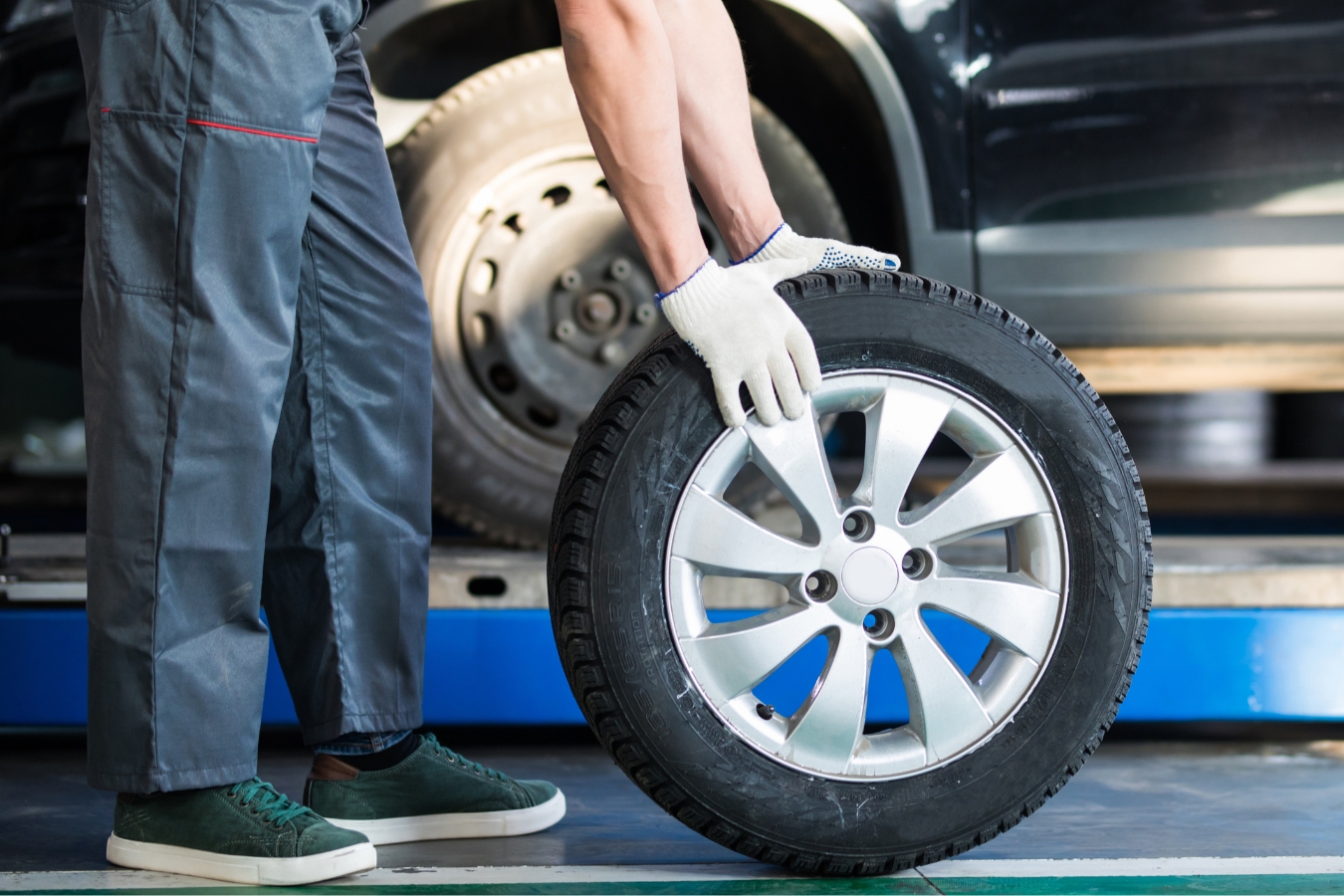
How Does it Work?
The letters D, W, and S are molded right into your tire tread.
- D is for dry conditions.
- W is for wet conditions.
- S is for light snow.
As your tires wear, those letters wear, too. The S, for snow, wears away and disappears first. That means that when the only letters you can still see are D and W, there is no longer enough tread left to drive safely in light snow.
When the W (wet) disappears, only D (dry) remains; drive only in dry conditions. There is no longer enough tread left to drive safely on wet roads.
When no letters are left, it’s time to replace your tires.
The Comprehensive Guide to Continental All-Season Tires
Regarding safe driving, your choice of tires matters more than you might think. Continental All-Season Tires are designed to provide excellent grip and performance and to help you assess road safety conditions. In this guide, we’ll dive into how these tires contribute to your safety and give you peace of mind when you hit the road.
Tread Wear Indicators: Know When It’s Time to Replace
One clever feature of Continental All-Season Tires is the built-in tread wear indicators. Small bars within the tire grooves become more visible as your tire tread wears down. When these bars start showing, it’s a clear sign that it’s time to consider replacing your tires. This intelligent system ensures safe and reliable tread depth for your journeys.
Tire Pressure Monitoring: Keeping Your Tires in Check
Maintaining the correct tire pressure is crucial for your safety and the tire’s performance. Continental’s All-Season Tires work with Tire Pressure Monitoring Systems (TPMS) commonly found in modern vehicles. If your tire pressure drops below safe levels, the TPMS alerts you. Proper tire pressure means better handling, braking, and fuel efficiency—critical elements of road safety.
Traction Indicators: Assessing Grip in Real-Time
Continental takes tire safety to the next level with innovative traction indicators. These are unique features integrated into the tire’s tread pattern. As the tire wears, these indicators change, providing real-time information about your tire’s grip level. When you notice these indicators fading, it’s a sign that your tire may not offer the optimal grip you need, prompting you to consider a replacement for safer travel.
All-Season Performance: Ready for Any Weather
One of the hallmarks of Continental All-Season Tires is their ability to perform well in various weather conditions. Whether rain or shine, these tires are engineered to deliver reliable traction. So, you can count on them to keep you in control, no matter what Mother Nature has in store.
Advanced Tread Design: Beating Hydroplaning
Wet roads can be treacherous, but Continental’s tires are up for the challenge. Their unique tread patterns are designed to efficiently channel water away from the tire’s contact patch. This design helps reduce the risk of hydroplaning, ensuring you have a safer drive, even on rainy days.
Responsive Handling: Confidence Behind the Wheel
Responsive handling is a critical factor in safe driving. Continental All-Season Tires are crafted to provide just that. With these tires, you can confidently steer your vehicle to avoid obstacles, navigate curves, and make quick decisions in critical situations, contributing to your overall safety on the road.
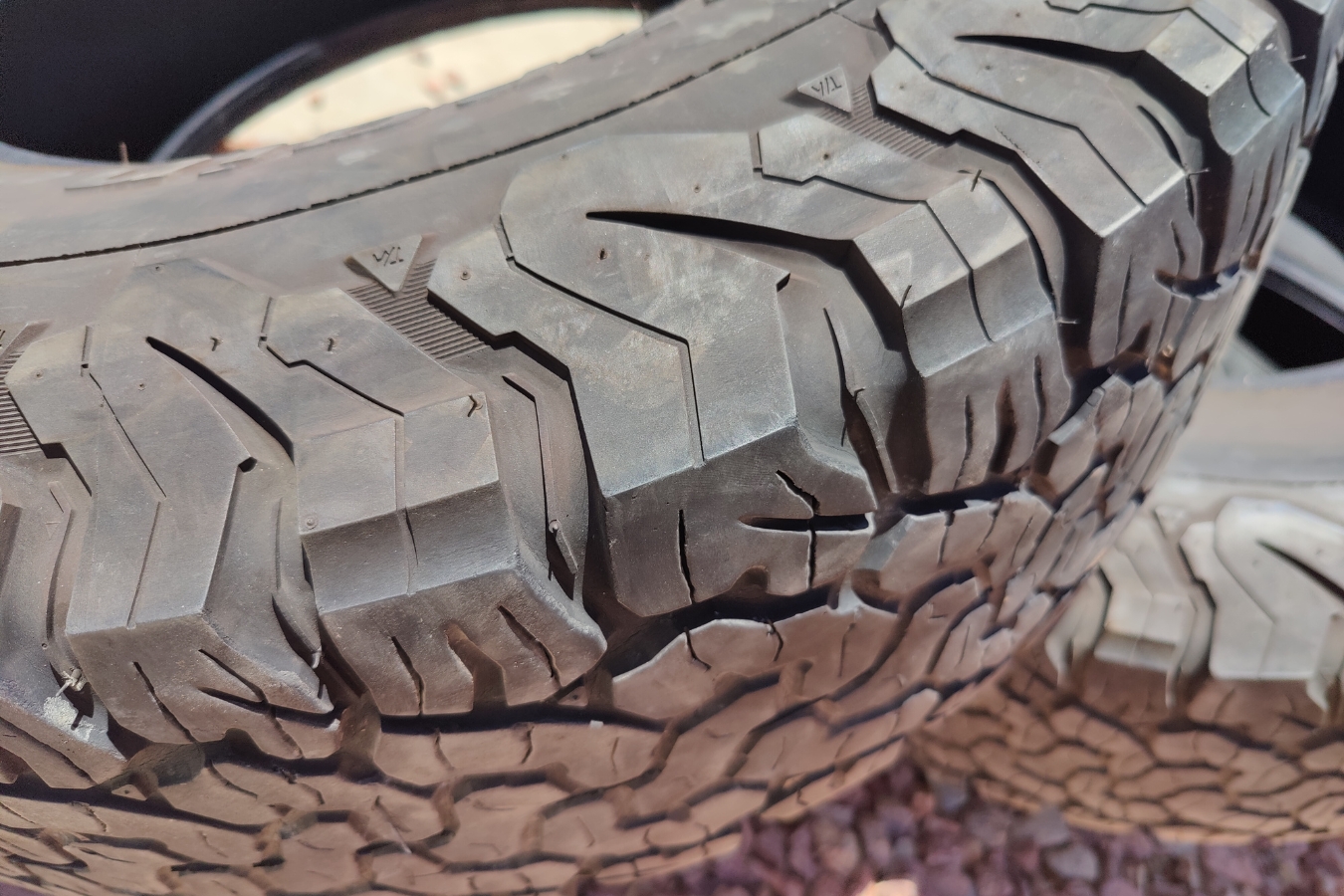
Conclusion
Your tire choice is a pivotal factor in the quest for safe driving. Continental All-Season Tires are not just ordinary rubber but your reliable partners in road safety. With intelligent tire technology, top-notch grip and handling, and real-time safety indicators, these tires offer you the confidence and assurance you need for a secure journey. When it comes to road safety, Continental has you covered.
FAQs
Why Do You Need More Tread on Wet or Snowy Roads?
In wet conditions, your tires help to resist hydroplaning by evacuating road water through the deep grooves in the tread pattern. As the tread wears, those grooves become more shallow and less efficient.
When you drive on light snow, you need even deeper tread grooves to bite through the snow for better traction to resist sliding on the road. That is why the S (snow) wears away first.
How do you know if your tires are safe?
To check tire safety, inspect tread depth regularly. Use a tread depth gauge or the “penny test.” Also, ensure tires are properly inflated, free from visible damage, and rotated periodically and balanced.
What is unique about Continental tires?
Continental tires are known for their innovative tire technologies, including tread wear indicators, traction indicators, and superior all-season performance. They prioritize safety, grip, and handling.
Is Continental a good all-season tire?
Yes, Continental offers excellent all-season tire options known for their performance in various weather conditions, making them a good choice for drivers seeking year-round safety and comfort.
What is the safe tread depth for all-season tires?
For all-season tires, a safe minimum tread depth is typically 2/32 of an inch (1.6 millimeters). However, replacing them before reaching this minimum depth for optimal safety and performance is advisable.




